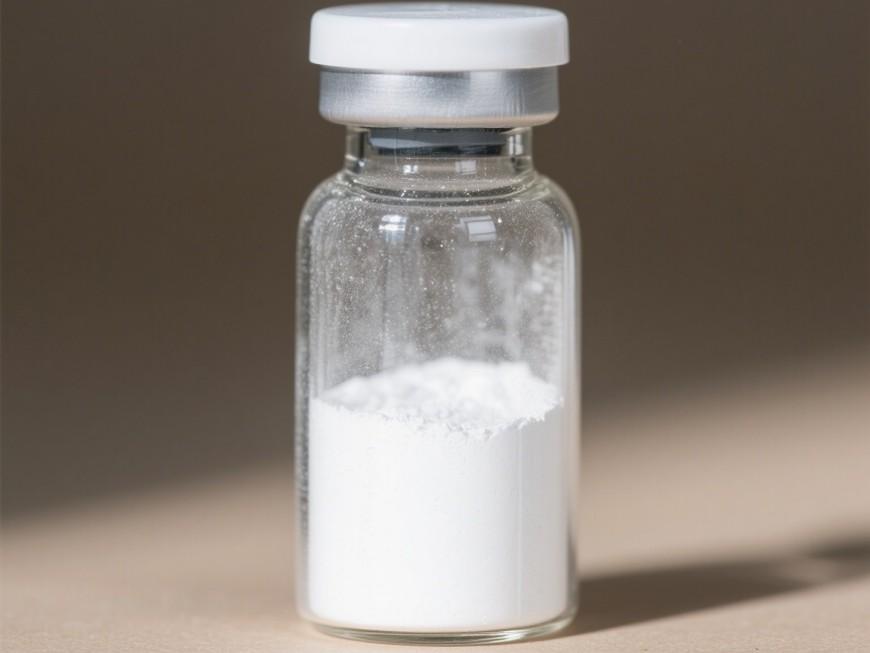Empower Your Dietary Supplement Formulations with Hyaluronic Acid
루 론 산 is a naturally occurring linear polysaccharide composed of alternating disaccharide units of D-glucuronic acid and N-acetylglucosamine. Commercially available hyaluronic acid typically exists as its sodium salt, sodium hyaluronate, which exhibits excellent water solubility and biocompatibility.
As a safe, natural ingredient, sodium hyaluronate is extensively utilised in dietary supplements due to its exceptional water-retaining properties and biodegradability. Its outstanding hydrophilic characteristics enhance product stability and user experience, providing ideal functional raw material support for oral beauty and health supplements.
Green Spring Technology specialises in supplying high-purity sodium hyaluronate 파우더 across multiple molecular weight ranges. Leveraging advanced processes and stringent quality control, we provide clients with safe, stable, food-grade compliant raw material solutions. This empowers enterprises to develop more market-competitive, innovative dietary supplement products, collectively advancing the health industry's development.
1. New Advances in Oral Hyaluronic Acid Absorption Mechanism Research Provide Scientific Basis for Dietary Supplement Development
Recent research indicates that orally administered hyaluronic acid can be absorbed and utilised by the human body through multiple pathways. Experimental evidence demonstrates that exogenous hyaluronic acid can be directly absorbed not only in non-monosaccharide forms but also, following degradation within the body, serves as a synthetic precursor participating in the resynthesis of endogenous hyaluronic acid.
The absorption efficiency of hyaluronic acid is closely related to factors such as its molecular weight, spatial structure, and dosage form .Although the human body typically absorbs only substances with relatively low molecular weights, hyaluronic acid demonstrates favourable bioavailability due to its excellent water solubility and unique linear molecular structure.
These findings provide crucial theoretical support for the application of hyaluronic acid powder in dietary supplements. Leveraging advanced technological platforms, Green Spring Technology offers food-grade hyaluronic acid raw materials across multiple molecular weights. We are committed to assisting enterprises in developing functional products with enhanced bioavailability, thereby driving innovation within the oral beauty and health nutrition industry.
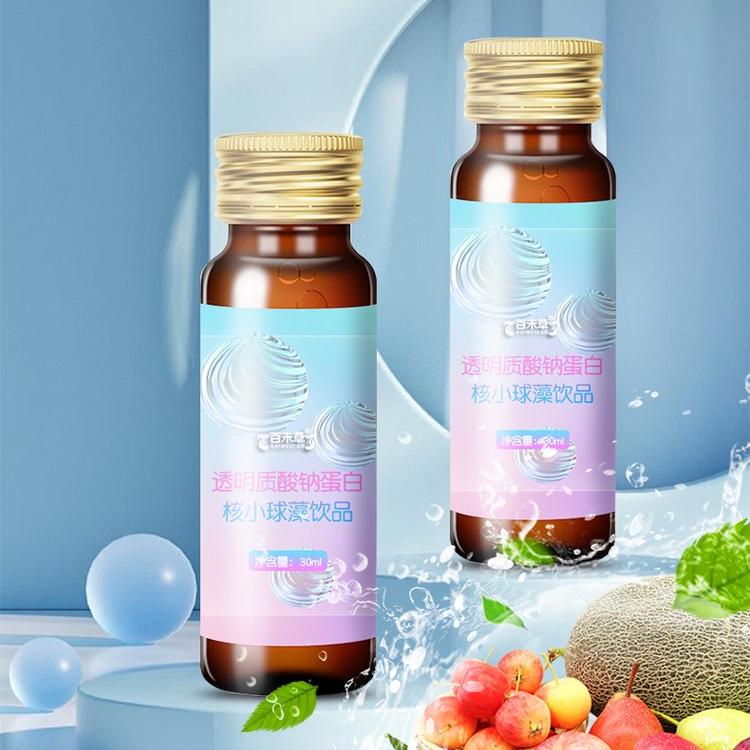
2. The Application Potential of Oral Hyaluronic Acid in Cosmetic and Health Care is Gaining Attention
In recent years, oral hyaluronic acid has garnered increasing attention as a functional ingredient in cosmetic and health products. Research indicates that hyaluronic acid, a naturally occurring component in the human body, is closely associated with skin conditions. With advancing age, the body's hyaluronic acid content gradually diminishes, and exogenous supplementation may help maintain skin health.
Multiple human trials indicate that oral hyaluronic acid products may aid in improving skin hydration. Studies demonstrate that subjects experienced increased skin moisture levels after using hyaluronic acid-containing products, with no adverse reactions observed. These investigations provide a reference basis for the application of hyaluronic acid in the oral beauty sector.
As a hyaluronic acid powder supplier, Green Spring Technology specialises in providing high-purity, food-grade hyaluronic acid ingredients. We are committed to delivering premium raw material solutions for clients developing innovative oral beauty products. We continuously monitor industry research advancements and collaborate with partners to advance the scientific application of hyaluronic acid within the health sector.
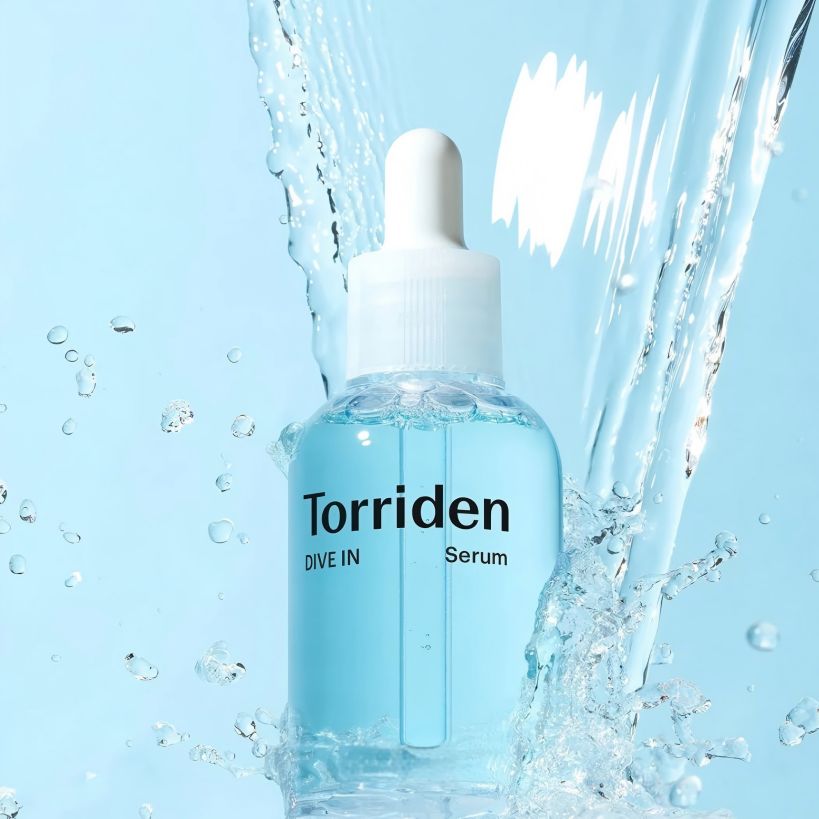
3. The global hyaluronic acid food market continues to expand, with multi-country recognition driving industry innovation
The global application of hyaluronic acid as a food ingredient is experiencing rapid development. Japan's Ministry of Health, Labour and Welfare included hyaluronic acid in its food additive catalogue during its comprehensive safety assessment of 489 food additives. Furthermore, the Japan Health and Nutrition Food Association established industry standards in 2009, fully affirming its edible safety.
South Korea has likewise approved hyaluronic acid as a food additive for use in diverse food manufacturing. Moreover, numerous countries including the United States, China, the United Kingdom, Canada, and the Czech Republic, have seen multiple hyaluronic acid-containing food products successfully launched, demonstrating its increasingly widespread application and recognition within the international food market.
This global trend indicates that hyaluronic acid is becoming a key ingredient in the functional food and dietary supplement sectors, offering greater possibilities for product innovation. Green Spring Technology actively monitors international market dynamics, providing clients with food-grade hyaluronic acid raw materials compliant with multiple national standards, thereby supporting enterprises in expanding into the global hyaluronic acid food market.
3.1 Japan's Hyaluronic Acid Food Market Grows Diversely with Continuous Product Innovation
In Japan, hyaluronic acid foods are gaining increasing attention, primarily categorised into health functional foods and conventional foods, with a rich variety of product forms.
Within the health functional food category, multiple brands have launched dietary supplements containing hyaluronic acid and collagen, among other ingredients. Product formats include oral liquids, powders, and other types, catering to diverse consumer daily health needs.
Within the general food sector, hyaluronic acid finds even broader application. The market now features numerous foods fortified with hyaluronic acid, including snack items such as jellies, beverages, gummies, and chewing gum; condiments like jams and salad dressings; and everyday foods such as teas and noodles. These products offer consumers greater variety through innovative formulations.
As food development technologies advance, the application of hyaluronic acid in the food sector continues to expand, bringing more innovative products to the market.
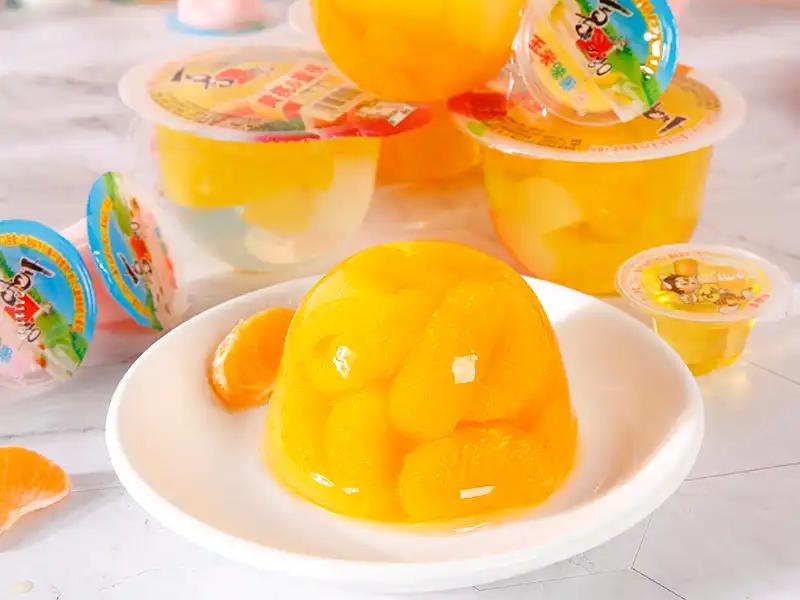
3.2 Diversification Trends in Hyaluronic Acid Dietary Supplements within the US Market
In the United States, hyaluronic acid serves as a common dietary ingredient widely incorporated into various supplement products, primarily supplied in capsule and tablet formats.
Such products predominantly employ compound formulations, frequently combining ingredients including vitamins A, C, E, and B-complex, alongside collagen, coenzyme Q10, and chondroitin sulphate. Certain products additionally incorporate ingredients like Type II collagen, forming multiple complex formulations.
With heightened consumer health awareness, hyaluronic acid-containing dietary supplements maintain stable demand in the US market, alongside continuously expanding product formats and formulations.
3.3 Steady Advancement in Hyaluronic Acid Food Applications and Sustained Product Innovation in China
Recent years have witnessed positive progress in hyaluronic acid's application within China's food sector. In accordance with national regulations, sodium hyaluronate has been approved as a novel food ingredient for use in health food production.
Currently, the domestic market offers diverse hyaluronic acid-containing health foods. These products prioritise formulation development, frequently employing compound ingredient combinations—such as pairing with collagen, vitamins, and other nutrients—to deliver varied flavours and formats catering to consumer preferences.
With the continuous refinement of regulatory policies and growing market demand, the application of hyaluronic acid in the food sector is steadily expanding, presenting new opportunities for industry innovation and development.
3.4 Global Market for Hyaluronic Acid Foods Continues to Expand, with Products from Multiple Countries Exhibiting Distinctive Features
The application of hyaluronic acid in the global food sector is continually broadening. In South Korea, companies have launched beverages and vitamin waters fortified with hyaluronic acid, alongside tea-based drinks.Brands in Canada, the United Kingdom, and the Czech Republic have introduced hyaluronic acid powdered drink mixes, while Malaysian companies have launched beverages containing hyaluronic acid.
Internationally, the use of hyaluronic acid in both health supplements and general food products is gaining recognition and acceptance among consumers across multiple countries. The diverse product types emerging in different nations and regions reflect the innovative trends and multifaceted development of hyaluronic acid within the global food sector.
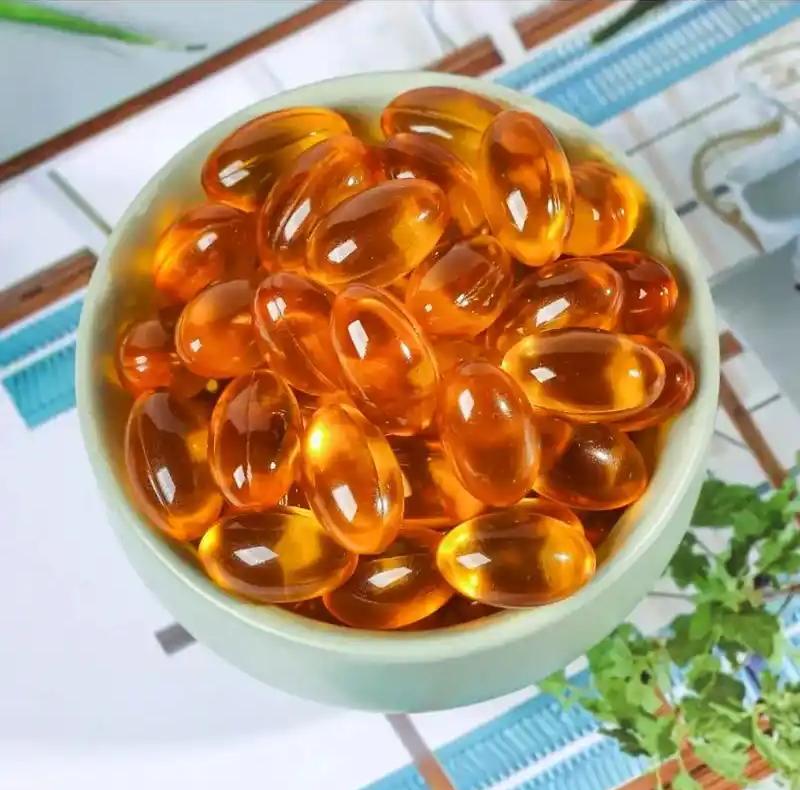
4 Diverse Dosage Forms of Hyaluronic Acid Health Supplements
4.1 Hyaluronic Acid Tablets
Tablets represent one of the most prevalent dosage forms for hyaluronic acid health supplements. During production, tablet formulations typically combine hyaluronic acid with other nutritional components such as collagen, elastin, and vitamin C, incorporating common excipients like crystalline cellulose to maintain shape and stability.
This dosage form enjoys widespread application in markets including Japan and the United States, attracting consumer interest due to its convenience for carrying and consumption. As the health supplement industry continues to evolve, tablets remain a vital component of product diversification, offering consumers greater choice.
4.2 Hyaluronic Acid Capsules
Capsules represent one of the more prevalent dosage forms for hyaluronic acid health supplements. These products frequently combine hyaluronic acid with multiple ingredients during production, such as collagen, vitamins, chondroitin sulphate, and plant extracts.
Soft capsule formulations typically contain a mixed oily liquid suspension capable of accommodating diverse components including fat-soluble vitamins and lecithin, with hyaluronic acid incorporated as a suspended agent. This dosage form has gained consumer attention due to its ease of ingestion and high content stability, occupying a significant market position.
4.3 Hyaluronic Acid Oral Solutions
Oral solutions represent an emerging dosage form within hyaluronic acid health supplements. In these products, hyaluronic acid exists in a dissolved state, facilitating easy consumption.
This formulation attracts consumer interest due to its readily absorbable nature. Internationally, such products are commonly found within niche markets focusing on joint health and related areas, reflecting the expanding and diversifying applications of hyaluronic acid within functional foods.
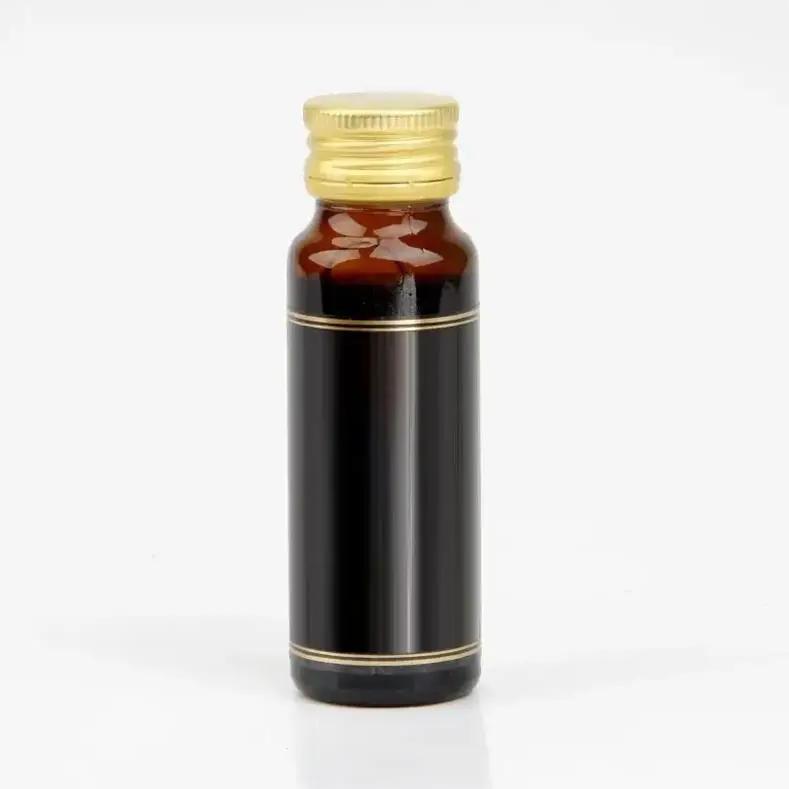
4.4 Hyaluronic Acid Granules
Granules represent an increasingly favoured formulation within hyaluronic acid health supplements in recent years. These products feature rapid dissolution and ease of consumption.
Hyaluronic acid granules are frequently combined with other nutritional components, typically presented as powders that readily dissolve in water or other beverages. This formulation has attracted significant consumer attention due to its convenience and formulation flexibility, establishing a notable market trend.
5 전망
In recent years, both the variety and sales volume of hyaluronic acid products within the global dietary supplement market have exhibited rapid growth. Currently, hyaluronic acid-containing supplements circulate widely across numerous countries and regions, presenting diverse product forms and increasingly enriched formulations that demonstrate substantial market development potential.
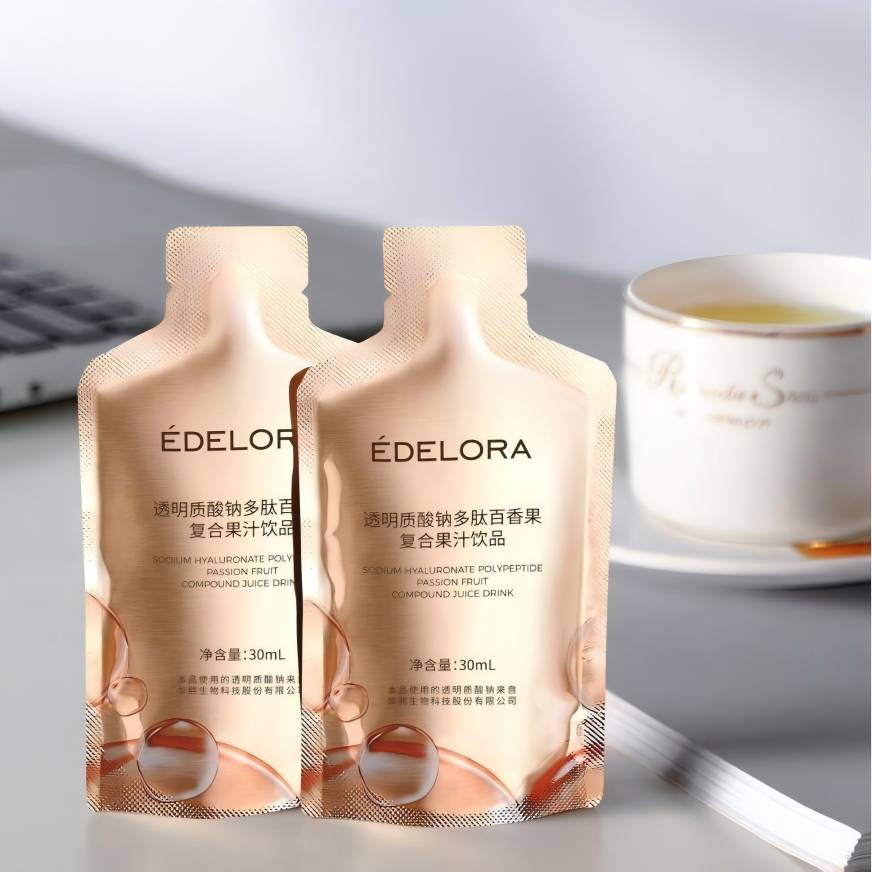
Green Spring Technology is dedicated to supplying dietary supplement manufacturers with high-quality, multi-specification hyaluronic acid raw materials. Our products feature high purity, strong stability, and excellent compatibility, enabling flexible application across multiple dosage forms including tablets, capsules, powders, and oral liquids. They precisely meet clients' custom formulation requirements, empowering enterprises to develop safe and reliable hyaluronic acid dietary supplement products.
Welcome to contact us at helen@greenspringbio.com or WhatsApp: +86 13649243917 for hyaluronic acid powder samples and detailed technical documentation. Green Spring Technology looks forward to collaborating with you to jointly advance innovation and application of hyaluronic acid within the dietary supplement sector.
참조
[1] 로랑 T C, 프레이저 J R. 히알루로난 [J.FASEB J, 1992, 6(7):2397-2404.
[2] 궈쑤핑, 허옌리, 쑨마오리 등.건강보조식품에서의 히알루론산 적용 [J.중국생화학약물학회지 2002, 23(1):49-51.
[3] 장규옌, 링페이슈, 장천민.히알루론산 경구투여에 관한 연구 진행 [J.중국약학학회지 2006, 41(10):729-731.
[4] 궈쑤핑, 류아이화, 링 페이슈.히알루론산을 화장품, 건강식품, 연조직 필러 등에 적용 [J.식품의약품, 2005, 7(1A):20-23.
[5] 큐리.히알루론산 [J.매일화학제품과학회지, 1999, (5):28.
[6] 두핑중.피부 건강에 좋은 히알루론산 [J.중국생화학약품학회지 1998, 19(5):283-284.
[7] 산동성위생방역소.히알루론산 HA (국소급) 시료 [Z]//검사보고서 (루팡지엔지 2001D111), 2001:l-6.
[8] 야마모토 H. 식이 히알루론산 (세포외기질추출물)의 노화 방지 및 미용 효과 [J.신식품산업, 1998, 40(11):33-41.
[9] 장커옌, 링페이슈, 청옌안 등.동물 체내 경구 히알루론산의 분포 (Distribution of oral hyaluronic acid in animal bodies)Chinese Journal of Biochemical Pharmacy, 2008, 29(2):73-76.
[10] 장규안, 링페이슈, 황실링 외.쥐에서 경구 히알루론산의 흡수 기작에 관한 연구 (J.중국약학저널, 2005, 40(23):1811-1813.
[11] 라요스 B, 안드라스 P, 도모코스 M 외.쥐와 개에서 경구 투여 후 고분자 히알루로난의 흡수, 흡수 및 조직 친화성 (J.Agric Food Chem, 2008, 56:10582-10593.
-
Prev
Green Spring Technology Supplies Safe, Compliant Hyaluronic Acid Powder to Support Your Product Formulation
-
다음
Exploring Innovation with Hyaluronic Acid Powder in Skincare Products


 영어
영어 프랑스
프랑스 스페인
스페인 러시아
러시아 한국
한국 일본
일본